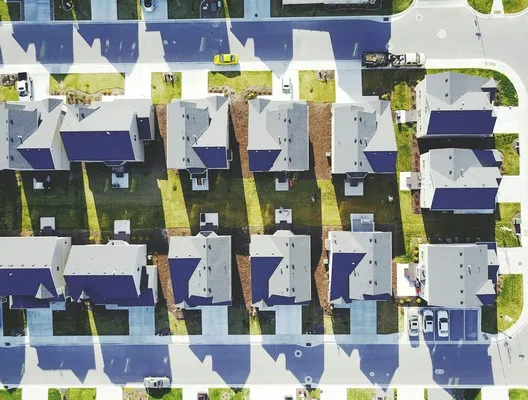Table of Contents
- Origins of the Invasion-Succession Model
- Factors Driving Invasion and Succession
- Critiques of the Invasion-Succession Model
- Contemporary Relevance of the Invasion-Succession Model
- Conclusion
The invasion-succession model is a sociological framework initially developed in the context of urban ecology to explain the processes of demographic and social changes in neighborhoods. It draws upon ecological metaphors from the study of plant and animal communities to describe how different social groups move into and dominate particular urban areas, often displacing previous inhabitants. As a dynamic and multi-stage process, this model captures the fluid nature of population movement and the transformation of social spaces over time. Understanding the invasion-succession model provides a window into urban sociology, neighborhood change, and the broader processes of social stratification.
Origins of the Invasion-Succession Model
The invasion-succession model finds its roots in the work of the Chicago School of Sociology, particularly in the early 20th century. Scholars like Robert Park and Ernest Burgess applied ecological concepts to urban settings to explain how populations move and settle within cities. Their ecological approach suggested that just as plants invade certain territories and succeed one another in natural ecosystems, human groups engage in similar patterns of movement within urban environments.
These sociologists were interested in the way urban areas change over time and how demographic shifts often lead to the succession of different social groups. Their model was particularly relevant in the industrial cities of the early 20th century, where rapid urbanization, migration, and immigration created significant social flux. This approach allowed scholars to track and explain how new immigrant groups moved into specific areas of the city, transforming its demographic composition and social character.
Invasion: The First Stage
The invasion stage of the model refers to the process by which a new social or ethnic group begins to move into an area predominantly inhabited by another group. This stage is marked by the arrival of a significant number of individuals from an outside group, often driven by economic, social, or political factors. For example, migration patterns, economic opportunities, or even displacement due to conflict may lead one group to “invade” a neighborhood that was previously dominated by another group.
During the invasion stage, tensions may arise between the incoming and existing populations. The established community may view the newcomers as a threat to their social or economic standing, which can result in various forms of resistance, ranging from subtle exclusion to overt conflict. This tension is often framed in terms of competition for resources, including housing, employment, and social services. In some cases, the newcomers may introduce new cultural practices, further intensifying the perceived threat to the social fabric of the existing group.
Succession: The Second Stage
Succession occurs when the invading group successfully establishes itself within the area, leading to the gradual displacement of the original population. This displacement can occur in several ways: members of the established group may choose to leave voluntarily, driven by a sense of cultural alienation, or they may be forced out due to rising property values, gentrification, or other economic pressures. In some instances, succession is also facilitated by discriminatory policies that encourage the movement of certain groups.
The process of succession often transforms the character of a neighborhood. As the new group takes root, it establishes its own social networks, businesses, and institutions. These changes may alter the built environment, including architecture, retail options, and community spaces, to better suit the cultural preferences of the new population. Over time, the neighborhood becomes identified with the new group, while the original inhabitants are either relegated to the margins or entirely displaced.
Urban Ecology and the Invasion-Succession Model
Urban ecology, a subfield of sociology, places great emphasis on the role of environmental and spatial factors in shaping social relationships. The invasion-succession model is central to this perspective, as it illustrates how human behavior and interaction with the physical environment contribute to patterns of social organization. For urban ecologists, cities are complex ecosystems where different social groups compete for space and resources, much like organisms in nature.
The model suggests that urban spaces are never static; they are continuously being reshaped by social, economic, and political forces. For instance, economic downturns may trigger waves of displacement, while upward mobility might lead to gentrification and the influx of higher-income residents. Each of these movements contributes to the ongoing cycle of invasion and succession, reinforcing the fluid and dynamic nature of urban spaces.
Factors Driving Invasion and Succession
While the invasion-succession model provides a broad framework for understanding urban change, it is essential to consider the specific factors that drive this process. Economic, political, and social forces all play crucial roles in shaping how and why groups move into certain areas and displace others. Several factors can accelerate or decelerate the process of invasion and succession.
Economic Factors
Get the full article AD FREE. Join now for full access to all premium articles.
View Plans & Subscribe Already a member? Log in.





